Rising Demand for Energy Efficiency
The LED Light Bar Market is experiencing a notable surge in demand for energy-efficient lighting solutions. As consumers and businesses alike become increasingly aware of the environmental impact of traditional lighting, the shift towards LED technology is evident. LED light bars consume significantly less energy compared to incandescent and fluorescent alternatives, often reducing energy consumption by up to 80%. This transition not only lowers electricity bills but also contributes to a decrease in carbon emissions. Furthermore, government initiatives promoting energy efficiency and sustainability are likely to bolster this trend, as regulations increasingly favor energy-efficient products. Consequently, the LED Light Bar Market is poised for growth as more consumers seek to adopt eco-friendly lighting solutions that align with their sustainability goals.
Growth in Automotive Lighting Applications
The LED Light Bar Market is witnessing substantial growth driven by the automotive sector's increasing adoption of LED lighting. As vehicle manufacturers prioritize safety and aesthetics, LED light bars are becoming a preferred choice for both headlights and auxiliary lighting. The automotive industry is projected to account for a significant share of the LED light bar market, with estimates suggesting that the segment could grow at a compound annual growth rate of over 10% in the coming years. This growth is fueled by the advantages of LED technology, including longer lifespan, lower heat generation, and enhanced visibility. Additionally, the rising popularity of off-road vehicles and recreational activities is likely to further propel the demand for LED light bars, as consumers seek reliable and durable lighting solutions for outdoor adventures.
Technological Advancements in LED Technology
The LED Light Bar Market is benefiting from rapid technological advancements that enhance the performance and versatility of LED lighting solutions. Innovations such as improved heat dissipation, enhanced color rendering, and smart connectivity features are making LED light bars more appealing to consumers. The integration of smart technology, including remote control and compatibility with smart home systems, is likely to drive further adoption. Market data indicates that the segment of smart LED lighting is expected to grow significantly, potentially reaching a valuation of several billion dollars within the next few years. These advancements not only improve the user experience but also expand the applications of LED light bars across various sectors, including residential, commercial, and industrial settings.
Regulatory Support for Energy-Efficient Products
The LED Light Bar Market is positively influenced by regulatory support aimed at promoting energy-efficient products. Governments worldwide are implementing policies and incentives to encourage the adoption of LED technology, recognizing its potential to reduce energy consumption and greenhouse gas emissions. These regulations often include tax credits, rebates, and grants for consumers and businesses that choose energy-efficient lighting solutions. As a result, the market for LED light bars is likely to expand, as consumers are incentivized to replace traditional lighting with more sustainable options. Furthermore, as regulations become more stringent regarding energy efficiency, the demand for LED light bars is expected to increase, positioning the LED Light Bar Market for sustained growth in the coming years.
Increasing Popularity of Outdoor Recreational Activities
The LED Light Bar Market is experiencing growth due to the rising popularity of outdoor recreational activities. As more individuals engage in camping, hiking, and off-roading, the demand for reliable and durable lighting solutions is on the rise. LED light bars are particularly favored for their robustness and ability to provide bright illumination in challenging environments. Market trends suggest that the outdoor recreation segment is likely to expand, with consumers increasingly seeking high-quality lighting products that enhance their outdoor experiences. This trend is further supported by the growing interest in adventure sports and outdoor events, which often require effective lighting solutions. Consequently, the LED Light Bar Market is well-positioned to capitalize on this burgeoning interest in outdoor activities.

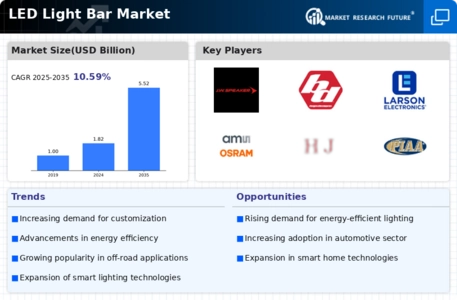
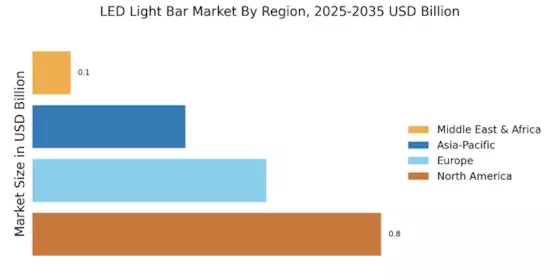
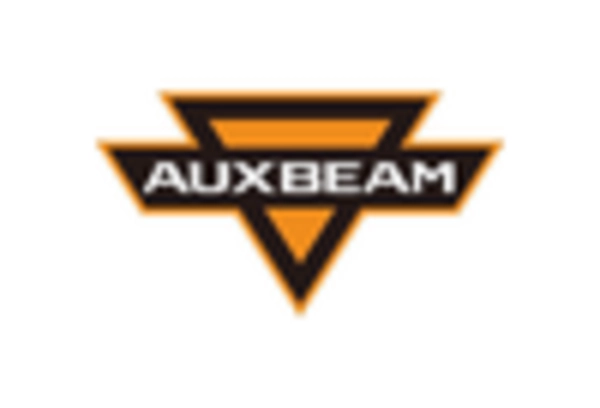
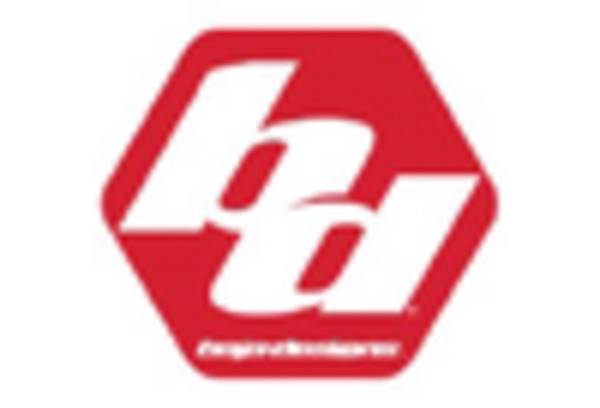
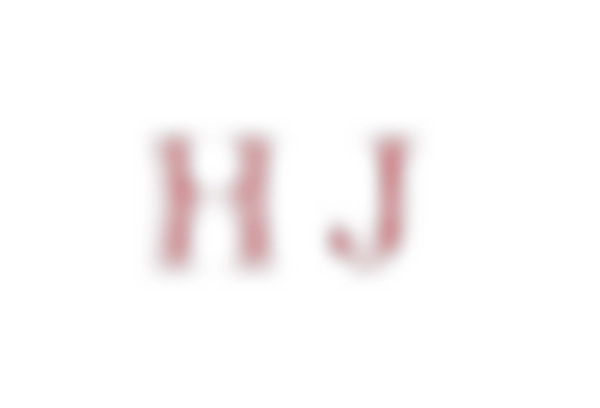
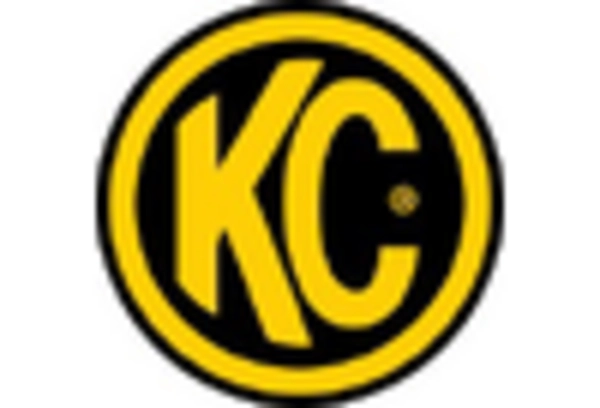
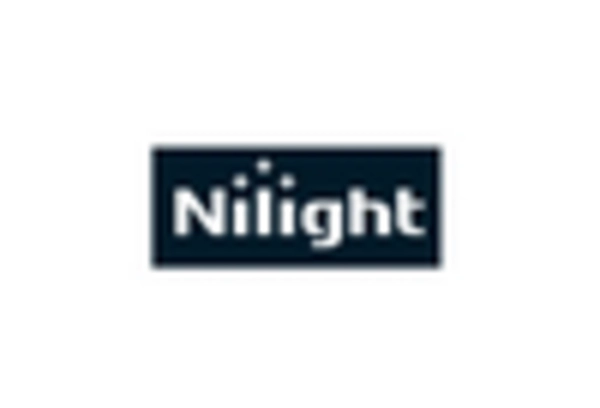
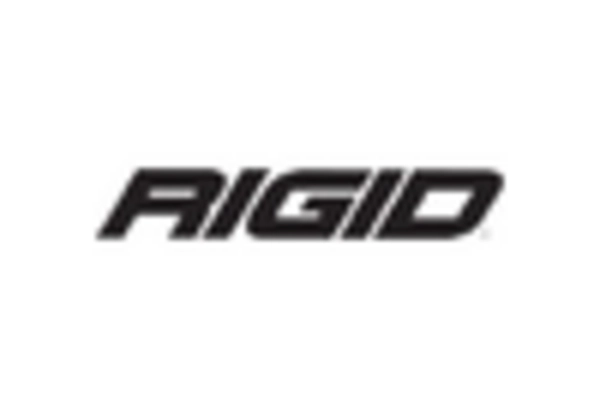
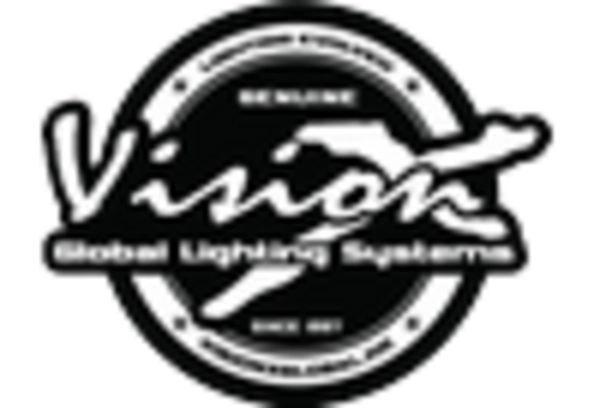








Leave a Comment